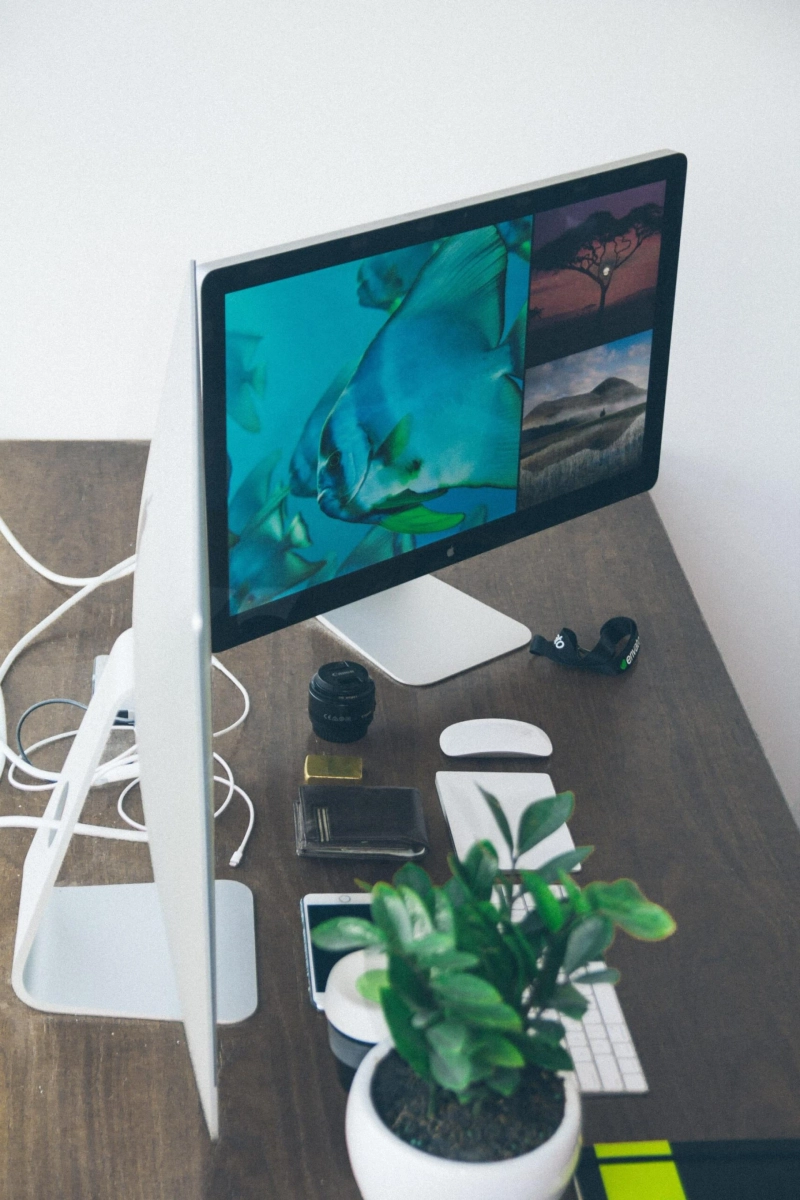First, you must decide whether you desire to install macOS Big Sur directly to your Mac or create a bootable drive. Before creating a bootable macOS Big Sur Installer Drive, it is recommended to ensure that you have thumb drive storage of at least 15 GB. Additionally, you should have an external hard drive.
Here is how to create a bootable macOS Big Sur Installer Drive:
Formatting External Drive for macOS Big Sur
Follow these steps to format an external drive for macOS Big Sur:
- At the start, connect the cable or thumb drive into the compatible port for the hard drive directly on your Mac.
- Now, hit the Finder icon in the Dock to launch your Finder window.
- After that, choose the option Applications from the menu list directly from the left-hand side of your Window.
- Scroll down the page and then perform a double-click on the option “Utilities.”
- Now, scroll down and then apply double-click on the Disk Utility option.
- Then, select the external drive or thumb drive from the External section.
- Choose the Erase tab from the upper portion of your screen.
- Note: If you have multiple external drives having a similar name, you have to rename your drive you are using as the bootable installer.
- Now, choose the option Mac OS Extended from the format listing.
- In case the scheme is available, then choose the Partition Map of GUID.
- Then, select the Erase tab there.
- Hit the Done tab once the procedure is complete.
- Select the option Disk Utility.
Putting macOS Big Sur to External Drive
Here are the instructions to put macOS Big Sur to your external drive:
- At the start, hit the Finder tab directly from your Dock section to launch the Finder window.
- Then, choose the option Applications from the provided listing. It is available at the left-hand side section of your Window.
- Now, scroll down the page and then perform a double-click on the utility section.
- Next, scroll down and locate the Terminal option. Once found, tap on it.
- After that, type the following text in the Terminal section:
“sudoApplications_Install_macOS/Big/Sur.app_Contents-Resources_create_installmedia //volume _Volumes_MyVolume.”
Note: Don’t forget to modify the name “My Volume” into the path mentioned above to your external drive’s actual name. The name shouldn’t contain space, and it can be Case sensitive.
- Then, hit the Enter key to proceed.
- Type the admin account passcode. It’s the password you use for making modifications to your Mac to log in to the account. No Text will show up in the Terminal once you type the password.
- The procedure might take some time to proceed based on the performance of your drive. Once it finishes, you will see the message “Done” by Terminal. Your external hard drive will now be named “Install macOS Big Sur.”
- Then, eject the hard drive from your Mac safely.
Installing macOS Big Sur with Bootable Installer Drive
If you want to upgrade to macOS Big Sur, then pursue these steps:
- First of all, Switch off the Mac on which you desire to install macOS Big Sur with the bootable installer drive.
- Then, connect your external drive to the Mac through a USB port.
- Next, switch on the Mac device.
- Now, hold down the Option key once it starts up.
- Choose the external drive with macOS Big Sur on the same from the systems’ list to start up your device.
Now that you know how to create a bootable installer drive for macOS Big Sur, Move forward, turn on the Mac device, and then start creating the installer drive.
Source: How to Create a Bootable macOS Big Sur Installer Drive?


